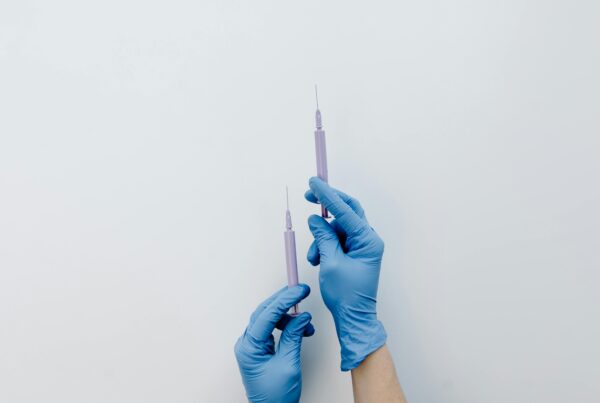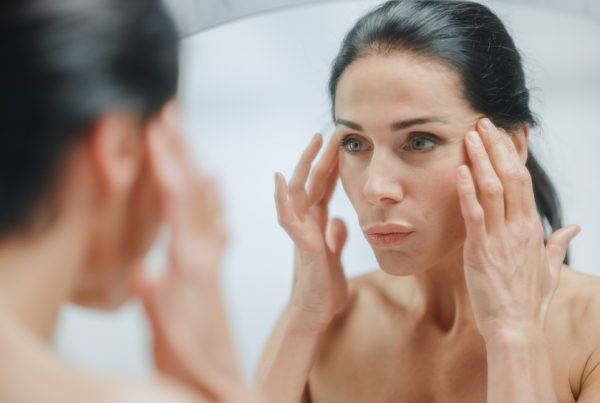It’s a problem that all women face today: heat styling and hair damage. The trouble is, unfortunately, that heat styling will to some extent damage your natural hair. In saying this, it doesn’t have to be serious and it can definitely be controlled. Here’s how…
1. Turn down the heat when you’re drying your hair
If you thought protecting your hair only began when you started heat styling it… you were wrong. Your hair needs to be protected from the minute it’s been washed. This is because when your hair comes into contact with water, it absorbs the moisture and begins to swell. The more it swells, the more pressure it puts on the proteins that keep each strand of hair intact – which means it weakens and can easily be damaged by being exposed to high temperatures. (1)
Dr Tim Moore, GHD chief technology officer, suggests you do the following when you want to dry your hair: “Start by towel drying in a scrunching, circular motion and before using a hairdryer, use a heat protectant spray. Use the hairdryer on the lowest, cool setting so you don’t heat the hair above the denaturation temperature. As the hair dries, the temperature can be increased 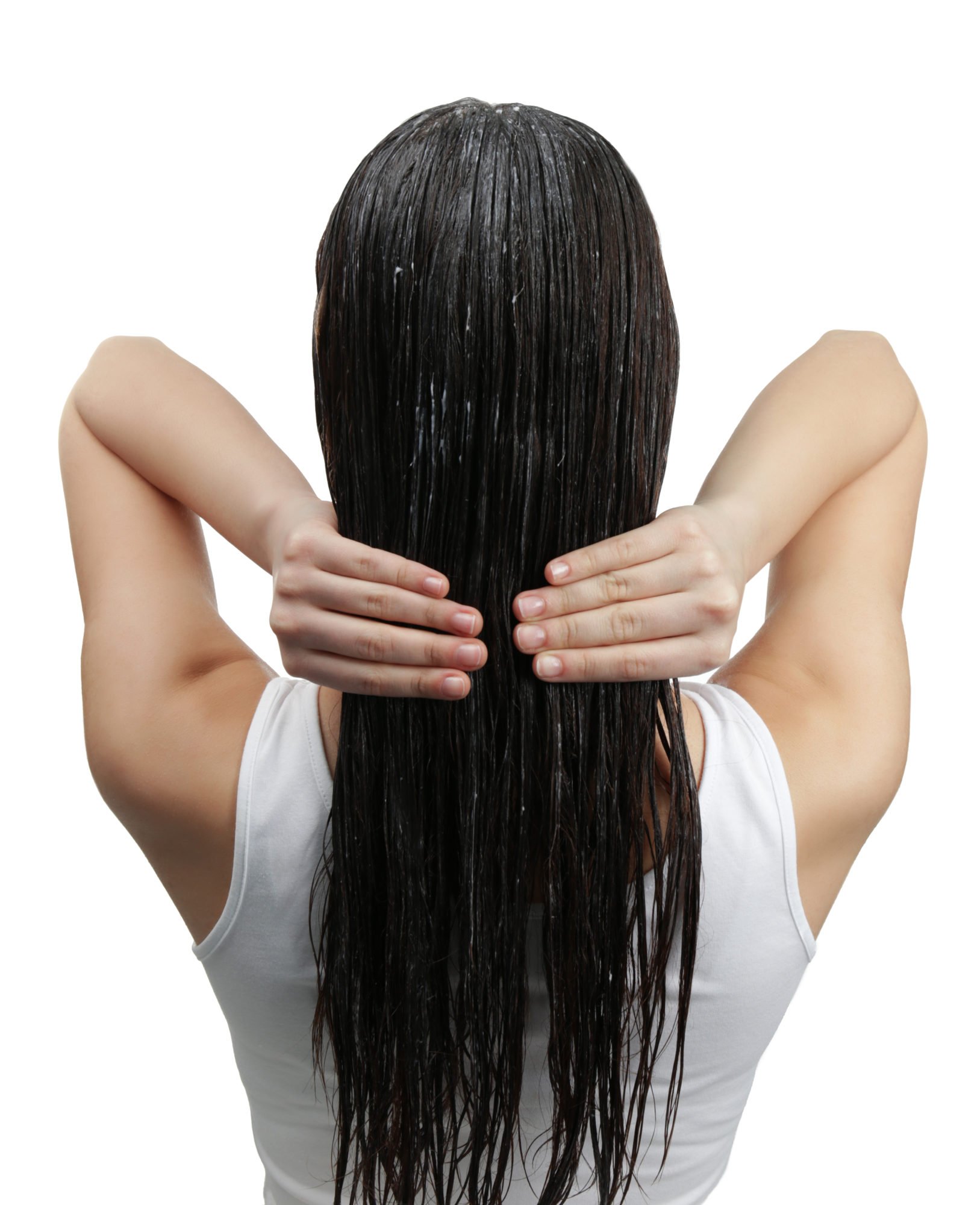 since your denaturation temperature increases – you can feel this while drying as hair will suddenly start to warm up. You can then set your style using the high temperature setting.”
since your denaturation temperature increases – you can feel this while drying as hair will suddenly start to warm up. You can then set your style using the high temperature setting.”
2. Make sure your heat styler uses the right temperature settings
It’s natural that when choosing a heat styling tool, you’ll want to buy something that gives you the best value for money. And while you may think that means choosing a product that will give you the result you want for the most reasonable cost – you’re leaving out an important factor: It also needs to be able to protect the integrity of your natural hair as to not cause permanent damage.
Ah yes, not all heat stylers – be they straighteners or curlers – are created equally. You actually need to look for a styler that maintains a specific temperature. “Using heat appliances above the 185°C glass transition phase creates vertical cracks along the cuticle, causing the cuticle to lift and resulting in tangles and splits. […] Styling below 185°C will often take many passes of the tool to achieve a good result , which is more drying to the hair and causes further split ends!” adds Dr Moore. (2)
Fast fact: For the same reasons you shouldn’t dry your hair with very hot air while it’s wet – you should also never straighten or curl your hair while it’s wet as it cause irreversible damage.
3. Always take care of your hair properly
Nourish and repair your damaged hair as much as possible, especially your hair ends. “Take the time to use a treatment or mask in your hair once a week to nourish and repair damaged ends,” says GHD UK ambassador, Zoe Irwin. In fact, a study published in the Journal of Society of Cosmetic Chemists of Japan, shared the following results as well: “For the primary split ends care, the mechanical recovery of damaged hair fibers is of special importance since hair does not self-recover.” (3) The oh-so common ‘spilt end’ problem is something almost all women have (regardless of whether you heat style or not), and here’s why:
- It’s cuticle layers have chipped away: Each shaft of hair is made up of multiple cuticle layers and a cortex in the middle. As your hair grows and goes through daily wear-and-tear, so do the cuticle layers slowly break away – leaving the thin cortex exposed and more susceptible to damage.
- The natural oils your scalp produced rarely reach the tips of your hair: the longer your hair is, the further the natural oils produced by your scalps sebaceous glands have to travel before they get to the ends. Meaning it’s far more likely your hair tips won’t get the same natural oil moisture that your scalp gets, leaving them dryer and more fragile.
4. Protect, protect and protect again
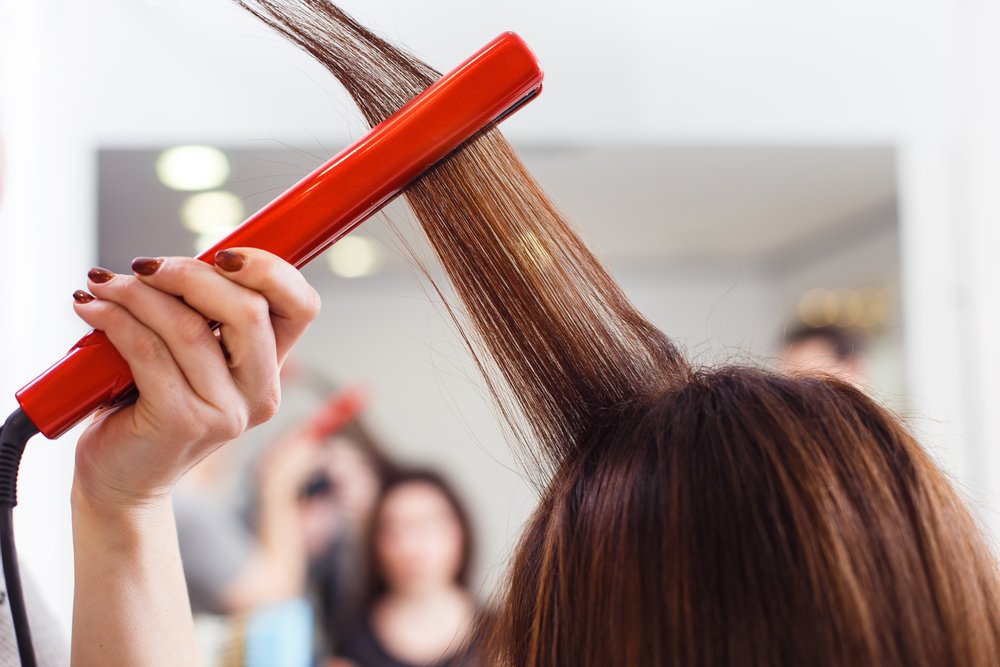 It cannot be said enough that your hair needs to be protected properly when you’re heat styling it, regardless of how advanced your styling tool is – it will still dehydrate your hair more than it should without a protectant over it.
It cannot be said enough that your hair needs to be protected properly when you’re heat styling it, regardless of how advanced your styling tool is – it will still dehydrate your hair more than it should without a protectant over it.
In fact I’d like you to conduct an experiment of sorts next time you’re blow drying your hair: On the back of one hand, spray (or lather) a few small pumps of heat protectant and leave your other hand completely bare. Now switch on your hairdryer, and blow the hot air straight onto the hand without heat protectant and see how long it takes before it gets too hot. From here, switch hands and see how long the hand with heat protectant can handle the hot air for. With any decent heat protectant – you should find that the hand with product could resist the hairdryer for much longer.
A good heat protectant will serve two functions: to protect your hairs natural moisture by preventing heat from breaking down your cuticle layers too quickly (leaving your hair shafts exposed and brittle), and to add superficial moisture to your hair that any style can absorb first before absorbing your own natural moisture.
“Continual heat styling without protection can result in cuticle damage which causes hair to lose its shine, feel rough and will ultimately result in spilt ends,” adds Irwin.
So, if you haven’t tried these steps together before – give them a good go so that next time you decide to style your hair – there shouldn’t be anything stopping you from having healthy and beautiful locks you want.


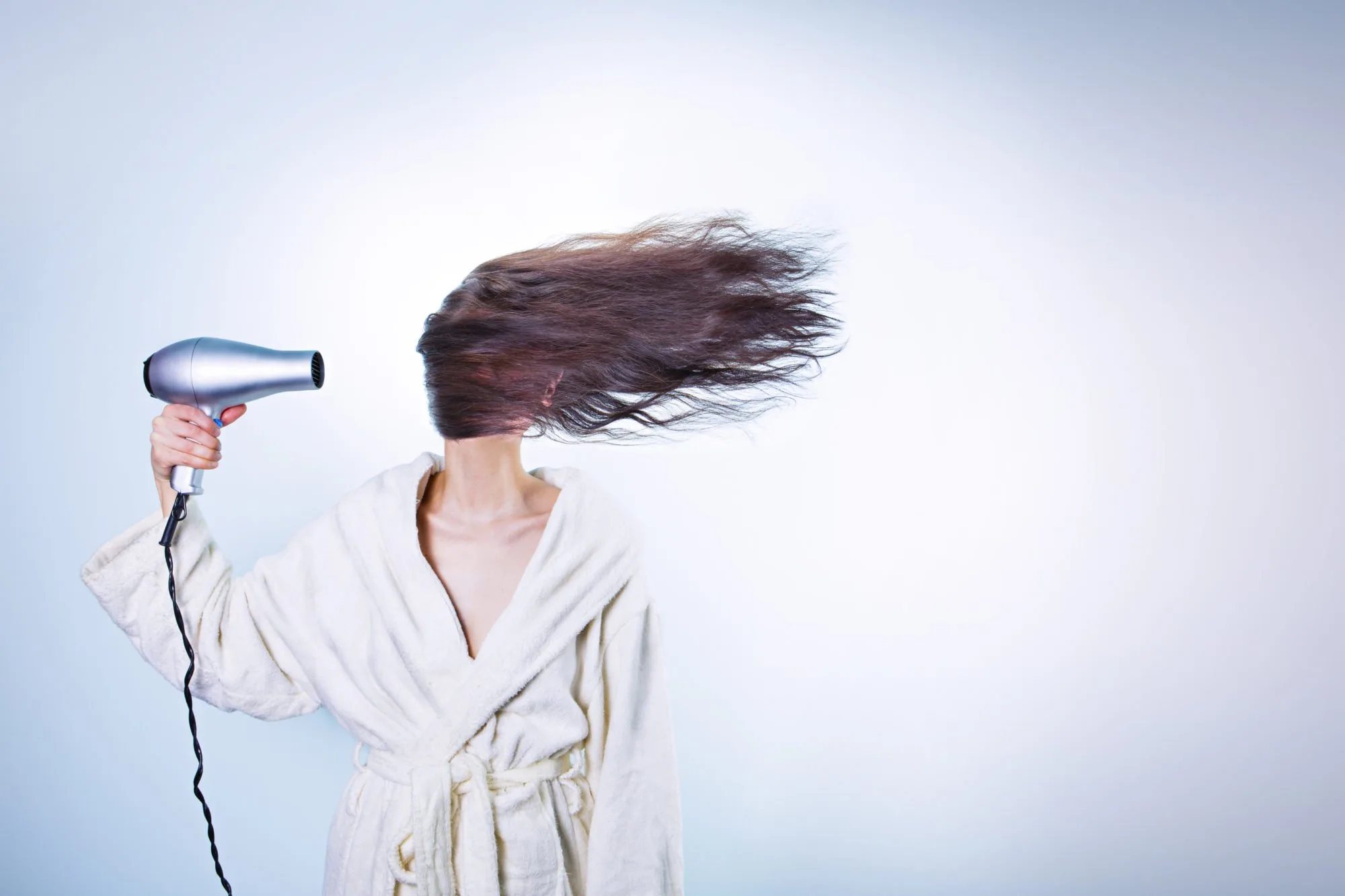


![women [longevity live]](https://longevitylive.com/wp-content/uploads/2020/01/photo-of-women-walking-down-the-street-1116984-100x100.jpg)





